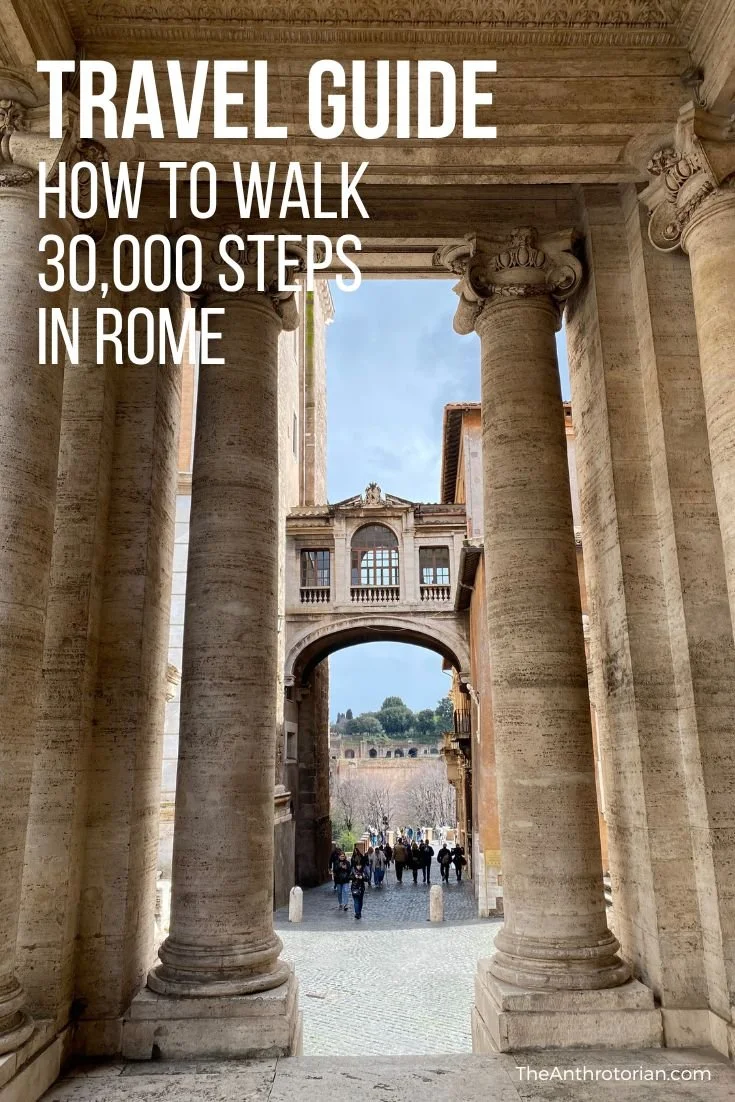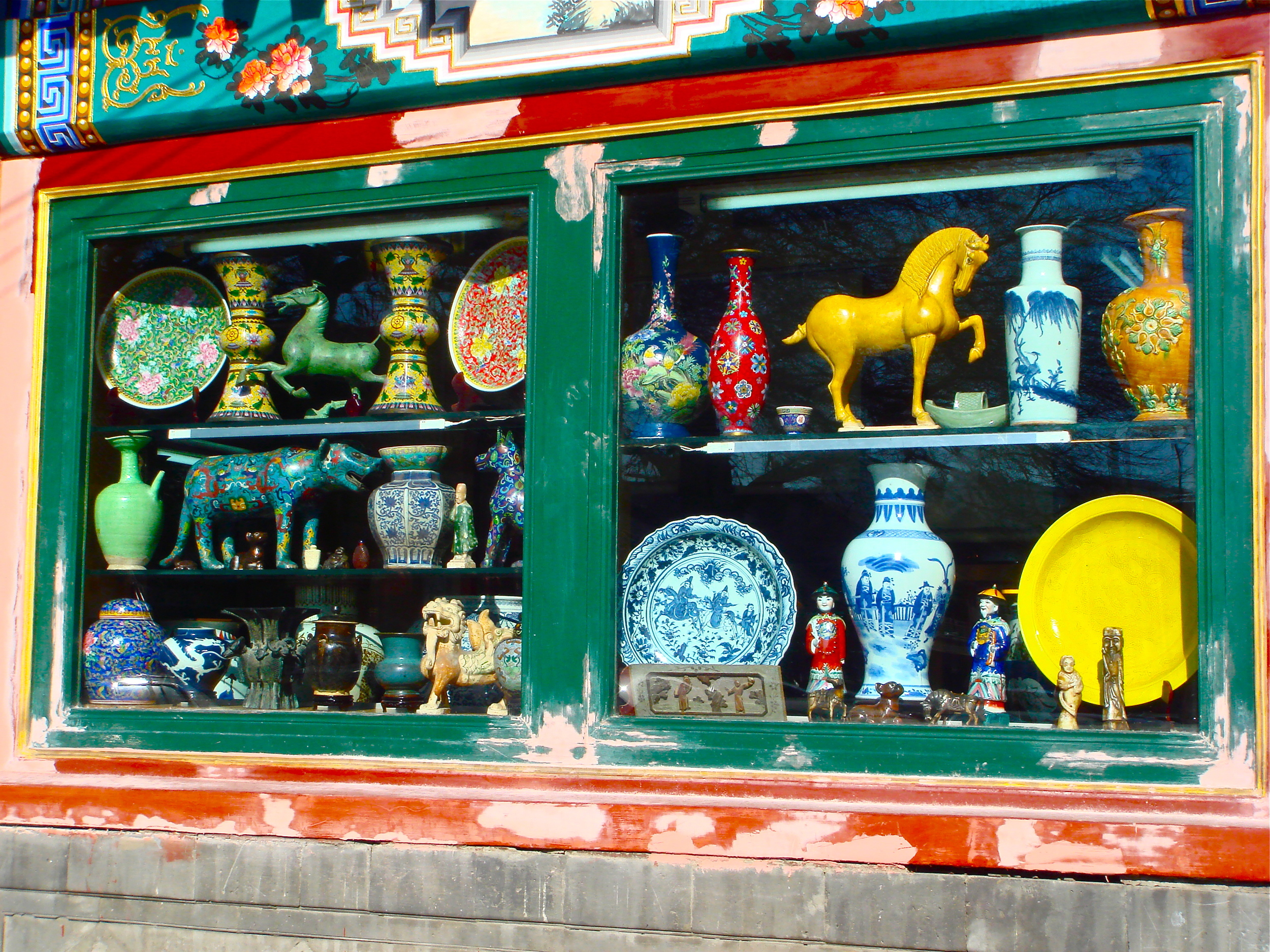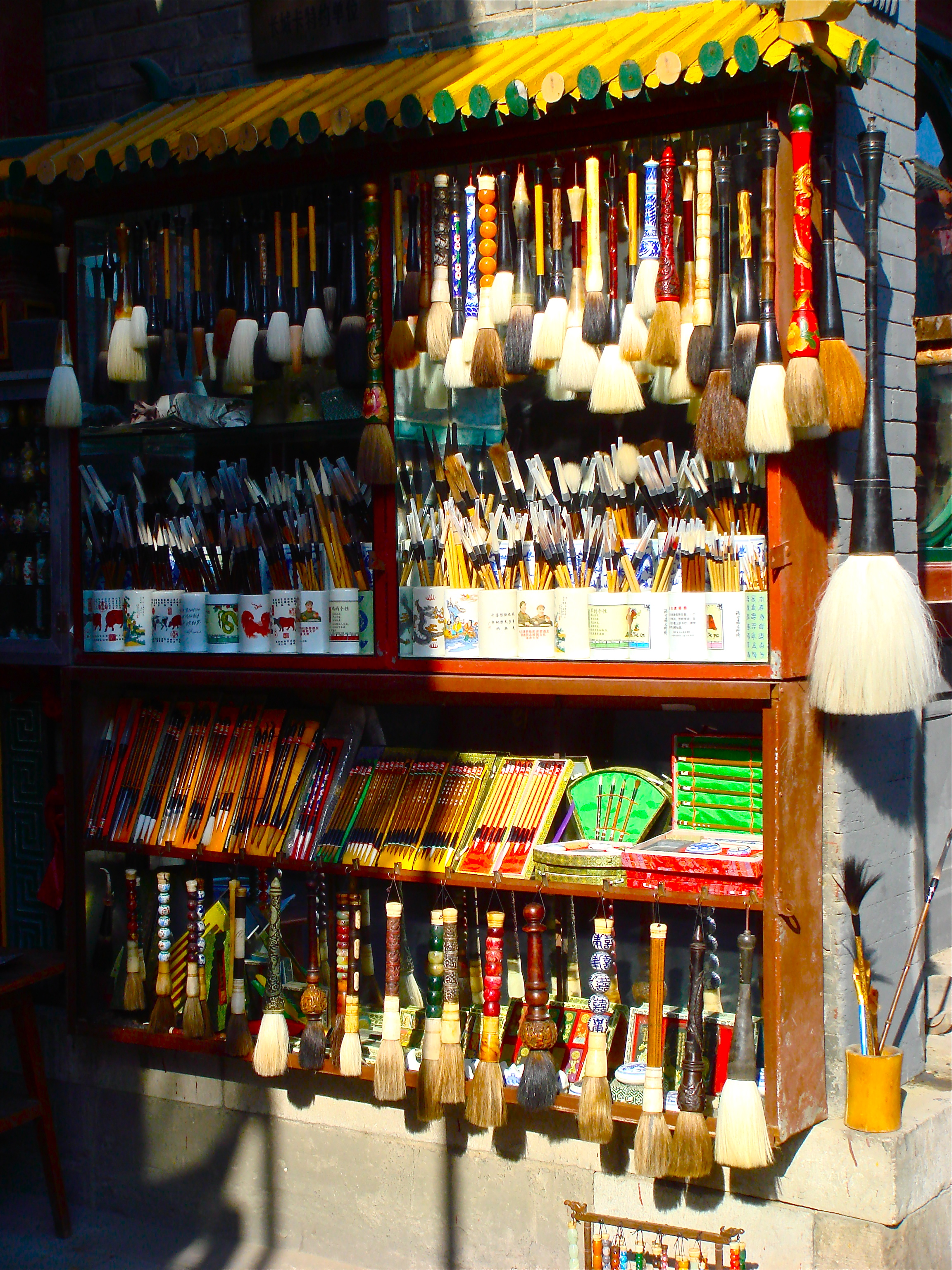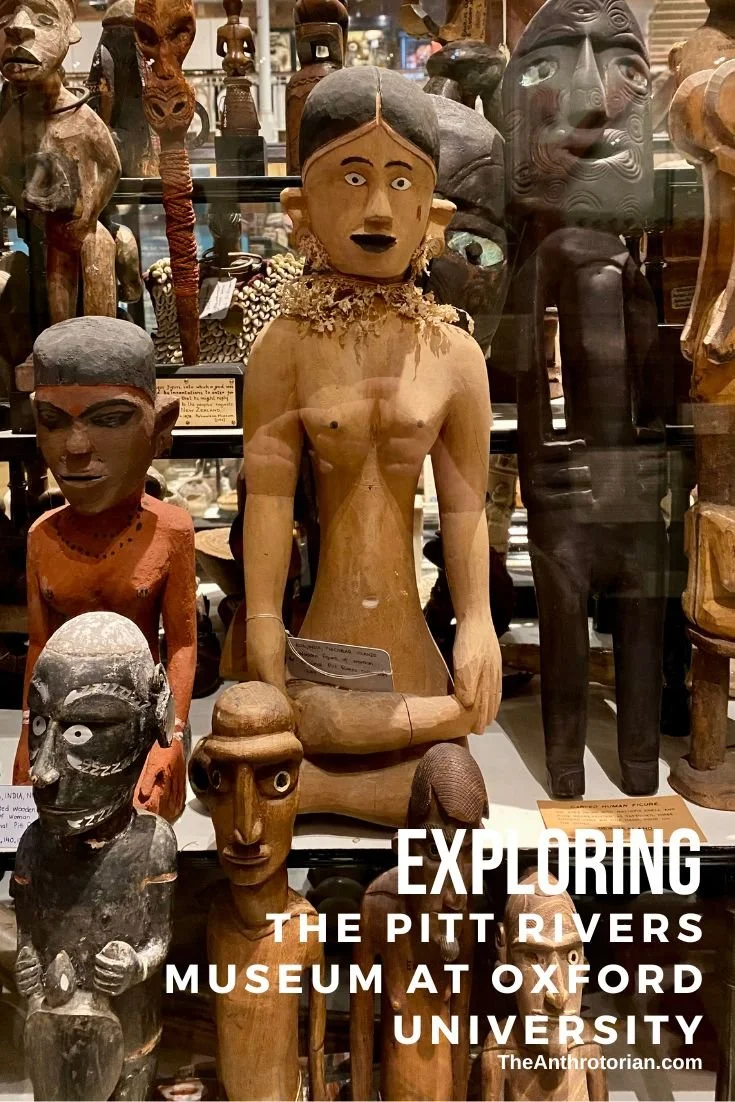Too excited to stay inside, after throwing my bag on a bunk, I emerged from the dark stone building and almost ran directly into a small group of curious children that had gathered just outside the door.
I couldn’t believe that the infomercial children I had been picturing for years were finally in front of me!
Except... they didn’t look anything like the infomercial children.
The children in front of me were fully clothed, their stomachs were definitely not bloated from hunger and there were no flies circling overhead. In fact, they all had rosy cheeks and looked happy and healthy, not sad and hopeless. I was suddenly painfully conscious of my own appearance, realizing that after a full day of travel I was probably more disheveled than they were.
Looking into their curious faces, it hit me that I was not a ‘bearer of hope’ to these little people — I was simply a curiosity, a visitor, a potential new friend.
I had foolishly been equating poverty with a lack of self, power, humanity, and hope, and in my ignorance I had believed that my presence would somehow affect their very existence.
Feeling silly and a bit ashamed of the misconceptions I had been led to believe, I found myself unsure of how to interact. The kids and I stared at each other shyly for a few minutes until the smallest of the bunch, a little girl wearing a powder pink tank top, walked over to my side, looked up at me with big brown friendly eyes, slipped her hand into mine and smiled.
* * *
I tilted my head towards the growing darkness to take better advantage of the breeze, that was turning into a wind as our driver continued to gain speed. He must have been able to smell the dinner of grilled plantains and fresh tortillas waiting for us at the bunkhouse.
The wind felt amazing on my sun-scorched face and it sent my hair swirling around my head. But, I didn’t care how I looked and none of my new friends did either — we were too busy singing, laughing, and hanging on.












